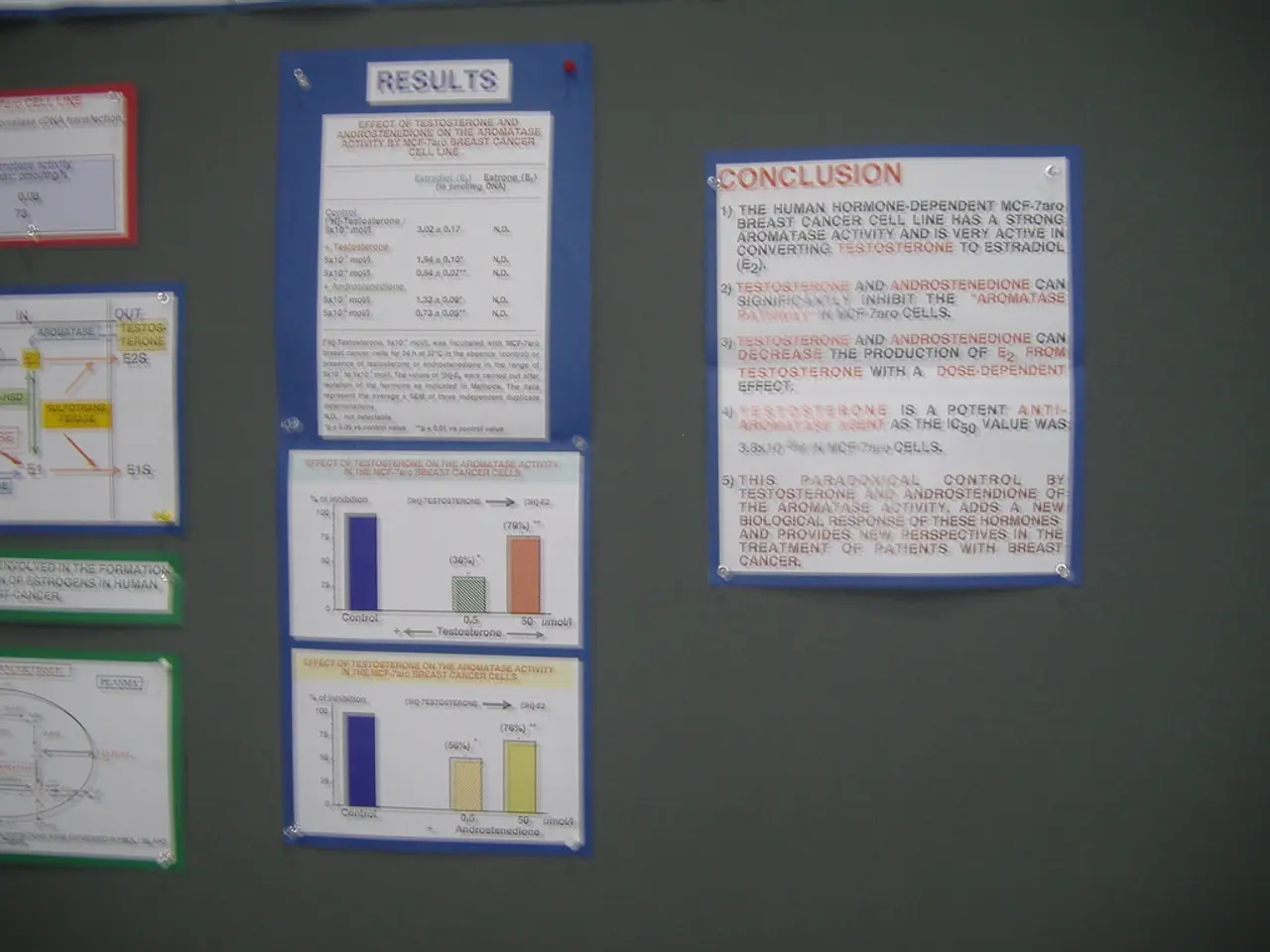Differences Between a Storage Facility and a Distribution Hub
In the world of logistics, two terms often come up: warehouses and distribution centers. While they may seem similar, these facilities have unique characteristics and functions that set them apart.
Warehouses, as the name suggests, are buildings used to store goods. They serve as long-term inventory storage facilities, holding large quantities of goods with minimal handling beyond basic storage. Their primary focus is on keeping stock safe and organized until it is needed later [1][2][5]. On the other hand, distribution centers are much more agile and customer-focused. They provide short-term storage with a strong emphasis on rapid order fulfillment, including receiving, sorting, packing, and shipping goods quickly to customers or retail locations [1][2][3].
The processes and activities within these facilities also differ significantly. Warehouses mainly manage inventory storage with minimal value-added services. In contrast, distribution centers offer value-added services such as order packing, quality control, returns management, and integration with e-commerce fulfillment systems. They work closely with inbound and outbound logistics and often use advanced technology and equipment for fast-moving goods [1][3].
When it comes to customer interaction, warehouses have limited direct interaction with end customers. They serve primarily as storage for businesses. Distribution centers, however, serve the end customer more directly (either consumers or retail outlets) and provide customer-centric services, such as packing orders with care and managing fast shipments [1][3].
The cost implications of these facilities also vary. Warehouses generally incur lower operational costs because they focus on storage without complex handling or rapid processing. Distribution centers, on the other hand, tend to have higher operating costs due to the need for more labor, technology, and faster processing to meet customer service standards. However, they can lower overall supply chain costs by improving efficiency and delivery speed [1].
So, whether you're dealing with a warehouse or a distribution center, it's essential to understand their unique roles in the logistics process. From long-term storage to rapid order fulfillment, these facilities play crucial roles in ensuring goods reach their destination efficiently and effectively.
[1] Logistics Management. (n.d.). The Differences Between Warehouses and Distribution Centers. Retrieved from https://www.logisticsmgmt.com/article/the_differences_between_warehouses_and_distribution_centers/
[2] Supply Chain Brain. (n.d.). Warehouse vs. Distribution Center: What's the Difference? Retrieved from https://www.supplychainbrain.com/warehouse-vs-distribution-center-whats-the-difference
[3] Inbound Logistics. (n.d.). Warehousing vs. Distribution Centers: What's the Difference? Retrieved from https://www.inboundlogistics.com/cms/article/warehousing-vs-distribution-centers-whats-the-difference/
[4] Material Handling & Logistics. (n.d.). Make-Up Air Units: A Necessary Component in Warehouses and Distribution Centers. Retrieved from https://www.mhla.com/make-up-air-units-a-necessary-component-in-warehouses-and-distribution-centers/
[5] Warehouse Education and Research Council. (n.d.). What is a Warehouse? Retrieved from https://www.werc.org/what-is-a-warehouse/
In the business and finance sphere, understanding the importance of logistics is paramount for efficient operation. Distribution centers, with their customer-focused strategies like rapid order fulfillment and flexible technology usage, play a significant role in improving customer satisfaction and reducing supply chain costs. On the other hand, warehouses, which provide long-term storage for goods, offer essential services in maintaining inventory organization and safety until demand arises. Overall, both warehouses and distribution centers are integral components of the industry, enhancing the efficiency of order fulfillment and distribution, thereby driving profitability.




